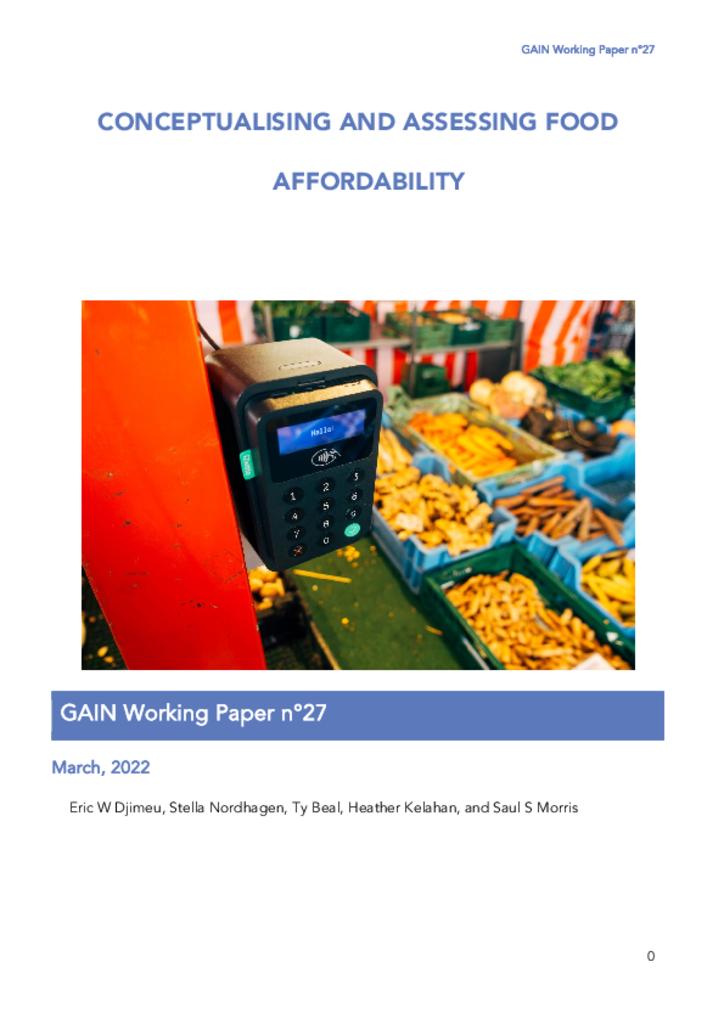Affordability is a key barrier to accessing nutritious foods, particularly for lower-income consumers. Several measures of food affordability have been proposed and used in the research literature. This paper reviews the concept of food affordability, discusses the limitations of existing measures, and makes recommendations for improvements. Food affordability measurement is typically based on income, social safety nets, or expenditures.
However, multiple other factors can affect food affordability but are not incorporated in current metrics, including income variability and unpredictability, savings, reallocation of current spending, perceived values of foods, and access to financial services and transfers. Income-based measures should incorporate a portion of savings and include all income sources, such as seasonal income, remittances, and gifts. Expenditure-based measures of affordability should consider an amount spent on less healthy foods that could be reallocated to healthier foods within the same budget. We suggest the same type of allocation from expenses on non-essential items, such as cigarettes and alcohol.
Finally, we call for a more comprehensive approach to improving the affordability of nutritious foods, which could integrate interventions to change consumers’ perceptions of the values of different foods, reduce the scarcity mindset that affects self-control, and enhance access to financial institutions.
